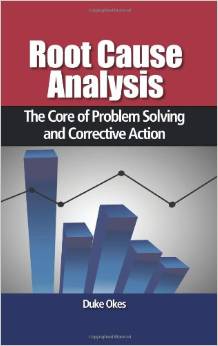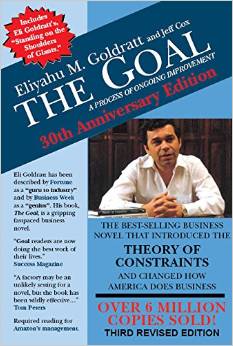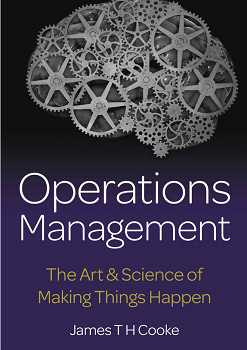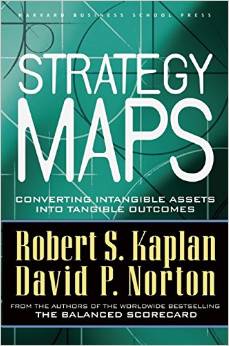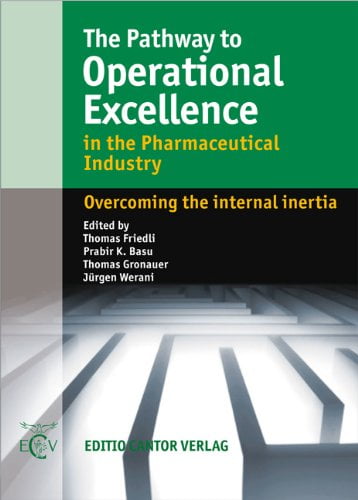Root Cause Analysis: The Core of Problem Solving and Corrective Action
We live in a complex world. People and organizations often don’t believe they have the time to perform the in-depth analyses required to solve problems. Instead, they take remedial actions to make the problem less visible and implement a patchwork of ad hoc solutions they hope will prevent recurrence. Then when the problem returns, they get frustrated—and the cycle repeats.
This book provides detailed steps for how to solve problems, focusing more heavily on the analytical process involved in finding the actual causes of problems. It does so using a large number of figures, diagrams, and tools useful for helping make our thinking visible. The primary focus is on solving repetitive problems, rather than performing investigations for major incidents/accidents. Most of the terminology used is everyday language and can therefore also be used for applications in their personal lives. Many of the examples will involve situations with which the reader will likely be familiar.
The focus of the book not on statistics but instead on the logic of finding causes. It has sometimes been described in training workshops as “Six Sigma lite”…problem solving without all the heavy statistics.
More info →The Goal: A Process of Ongoing Improvement
Written in a fast-paced thriller style, The Goal, a gripping novel, is transforming management thinking throughout the world. It is a book to recommend to your friends in industry - even to your bosses - but not to your competitors. Alex Rogo is a harried plant manager working ever more desperately to try improve performance. His factory is rapidly heading for disaster. So is his marriage. He has ninety days to save his plant - or it will be closed by corporate HQ, with hundreds of job losses. It takes a chance meeting with a professor from student days - Jonah - to help him break out of conventional ways of thinking to see what needs to be done. The story of Alex's fight to save his plant is more than compulsive reading. It contains a serious message for all managers in industry and explains the ideas, which underline the Theory of Constraints (TOC), developed by Eli Goldratt.
More info →Operations Management: The Art & Science of Making Things Happen
What the business schools don't teach you to survive and flourish. Putting management theory into practice faces some major challenges. Some of the raw realities of modern work environments require a high level of intuition and judgement over and above scientific methodology alone. This book sets out the hard learnt experience of a senior Scotland Yard officer and centres on three themes: How to develop and look after yourself as an individual manager; how to make operations happen and work successfully; how to develop a high performance team around you. This book has many important messages for new managers, enabling them to survive and eventually flourish whilst guiding more experienced Directors to secure the holy grail of truly exceptional performance. It has equal relevance to those in the public, private and voluntary sector who have to translate strategy into action
More info →Strategy Maps: Converting Intangible Assets into Tangible Outcomes
More than a decade ago, Robert S. Kaplan and David P. Norton introduced the Balanced Scorecard, a revolutionary performance measurement system that allowed organizations to quantify intangible assets such as people, information, and customer relationships. Then, in The Strategy-Focused Organization, Kaplan and Norton showed how organizations achieved breakthrough performance with a management system that put the Balanced Scorecard into action.
Now, using their ongoing research with hundreds of Balanced Scorecard adopters across the globe, the authors have created a powerful new tool--the "strategy map"--that enables companies to describe the links between intangible assets and value creation with a clarity and precision never before possible. Kaplan and Norton argue that the most critical aspect of strategy--implementing it in a way that ensures sustained value creation--depends on managing four key internal processes: operations, customer relationships, innovation, and regulatory and social processes. The authors show how companies can use strategy maps to link those processes to desired outcomes; evaluate, measure, and improve the processes most critical to success; and target investments in human, informational, and organizational capital. Providing a visual "aha!" for executives everywhere who can't figure out why their strategy isn't working, Strategy Maps is a blueprint any organization can follow to align processes, people, and information technology for superior performance.
More info →Leading Pharmaceutical Operational Excellence: Outstanding Practices and Cases
Achieving operational excellence is a challenge for the pharmaceutical industry, with many companies setting successful examples time and again. This book presents such leading practices for managing operational excellence throughout the pharmaceutical industry. Based on the St.Gallen OPEX Model the authors describe the current status of OPEX and the future challenges that have to be dealt with. The ample theoretical background is complemented hand-in-hand by case studies contributed by authors from leading pharmaceutical companies.
More info →The Pathway to Operational Excellence in the Pharmaceutical Industry
In order to face a new market reality, Operational Excellence initiatives will build the cornerstones of future operations strategies in the pharmaceutical sector. The biggest challenge is and will be the engagement of people. The authors of this book point out that it will be the ability to make each employee think in terms of continuous improvement and change that will enable companies to overcome the organizations internal inertia and separate the winners from the losers. Leading managers, consultants and researchers from both sides of the Atlantic contributed to this second book about a topic that has already started to change the way thousands of employees understand and do their jobs. As an addition to the first book Operational Excellence in the Pharmaceutical Industry which focused on the essence of OPEX, this book focuses on the managerial and organizational aspects of comprehensive Operational Excellence programs.
More info →